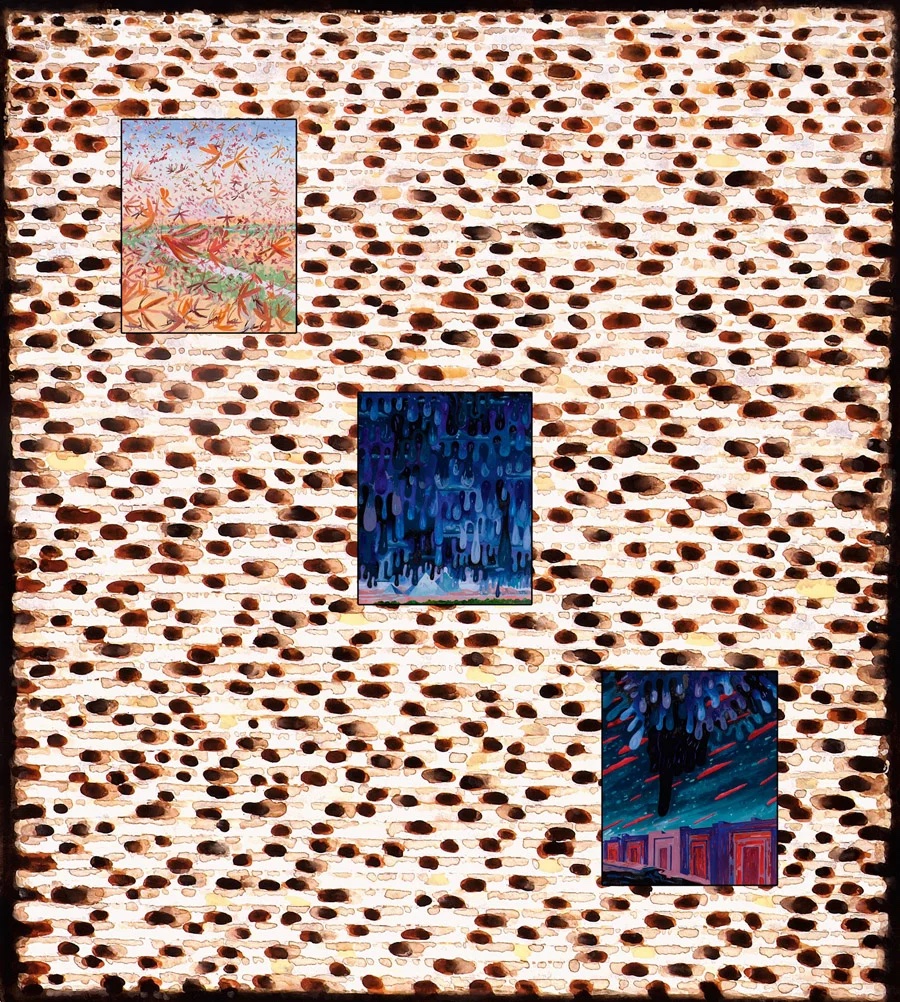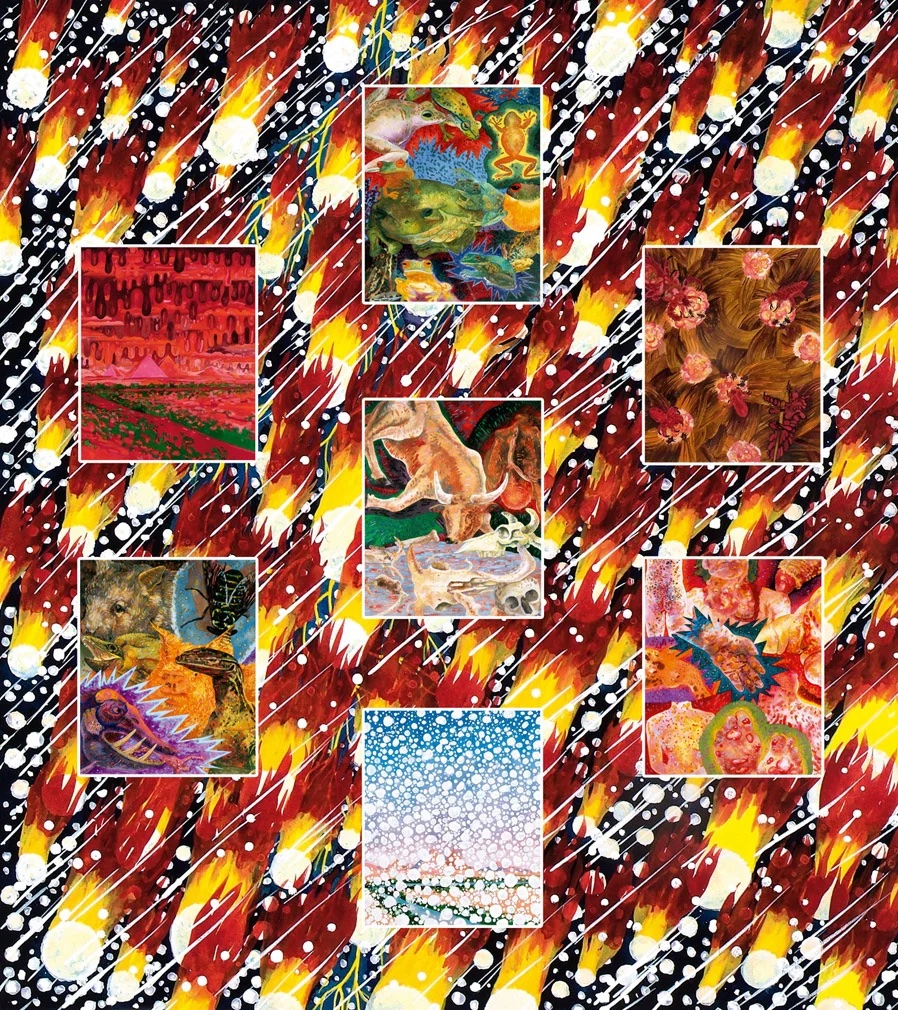Torah Study Date
Saturday, August 26, 2023
Verses Covered
Exodus (Sh’mot) 12:10 – 12:15
Next Session
Saturday, September 2, 2023
Starting at Exodus 12:16
Last session we discussed the detailed specificity of the instructions regarding the Pesach meal and wondered whether the meal might be an adaptation of some ritual meal that was common in the region. We discussed the requirement to eat the meal with loins girded, sandals on feet, and staff ready, all suggesting hurry, even preparation for battle. We had a long discussion of what it means to gird your loins and how it was done (hike the material above the knees, pass it to the front, pass it through the knees to the back, then separate it into two sides, pass them to the front, and tie them around the body; see Google for visual instructions). We noted that “girding” is tying around something and is related to “girdle.”
We discussed what “Pesach” and “paschal” mean and noted that “Pesach” seems not to mean “pass over” but something more like hopping or halting so that, for example, YHVH might halt his process of movement or of killing the firstborn at the Israelite houses. A second meaning is protection, suggesting that the Pesach meal is a meal of protection. We noted that “paschal” comes from “Pesach.” We discussed YHVH saying, when I see the blood on the houses, I will pass over them (in the usual translation) so that no plague will destroy you, and the two likely more accurate translations, I will halt at the houses or I will protect the houses.
We noted YHVH speaking of his plan to kill all the firstborn of Egypt, human and beast, and—something we have not seen before—punish all the gods of Egypt. R. Ben reminded us that the discussion of punishing Egyptian gods returns us to the continuing theme of the battle between YHVH and the gods of Egypt. We discussed the difference between monotheism–belief in one (mono) god (theos)–and monolatry–worship (latreia) of one (mono) god among the various gods that exist. We discussed the fact that the Israelites at this point in Torah are monolatrous not monotheistic.
We noted YHVH referring to the day of the ritual meal as a day of remembrance and noted that Yom Kippur also has to do with remembrance–following our previous discussion of there being two competing beginnings of the year, one in the Fall and one in the Spring. We discussed the requirement to remove all leaven from the house and puzzled over the severe idea that someone who eats leaven during the seven days will be cut off from the people. We also discussed different current attitudes about how to remove leaven from the house—some people selling the leaven and then buying it back, some just removing the leaven, some doing extreme cleaning to make sure that not even a tiny crumb could remain.
Our artwork this week is two watercolors from Australian Jewish artist, Victor Majzner’s Painting the Torah (limited edition publication). Majzner (1945- ) illustrates each Torah portion, summarizing the whole portion in one illustration. In Bo, he portrays a piece of matza with three images on it, images of the last three plagues, locusts, darkness, and the death of the firstborn. In the first image, we see red locusts swarming over green, fertile ground. In the second, we see darkness dripping down over Egyptian pyramids. In the final image, we see doorposts, below the dripping darkness, painted red with blood, and what looks like a black finger pointing at the one house that lacks blood-painted doorposts. Va’iera (below) includes images of the seven plagues that are described in Parashat Va’iera against a striking red background. Each image in Bo and in Va’iera is a painting in itself.
Each painting in “Painting the Torah” has a mystical meaning that, apparently, is discussed in the book. “Art makes the intangible visible,” Majzner says, indicating the mystical component of his work.


